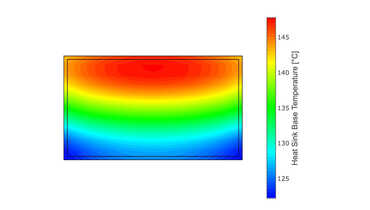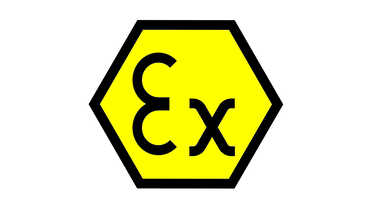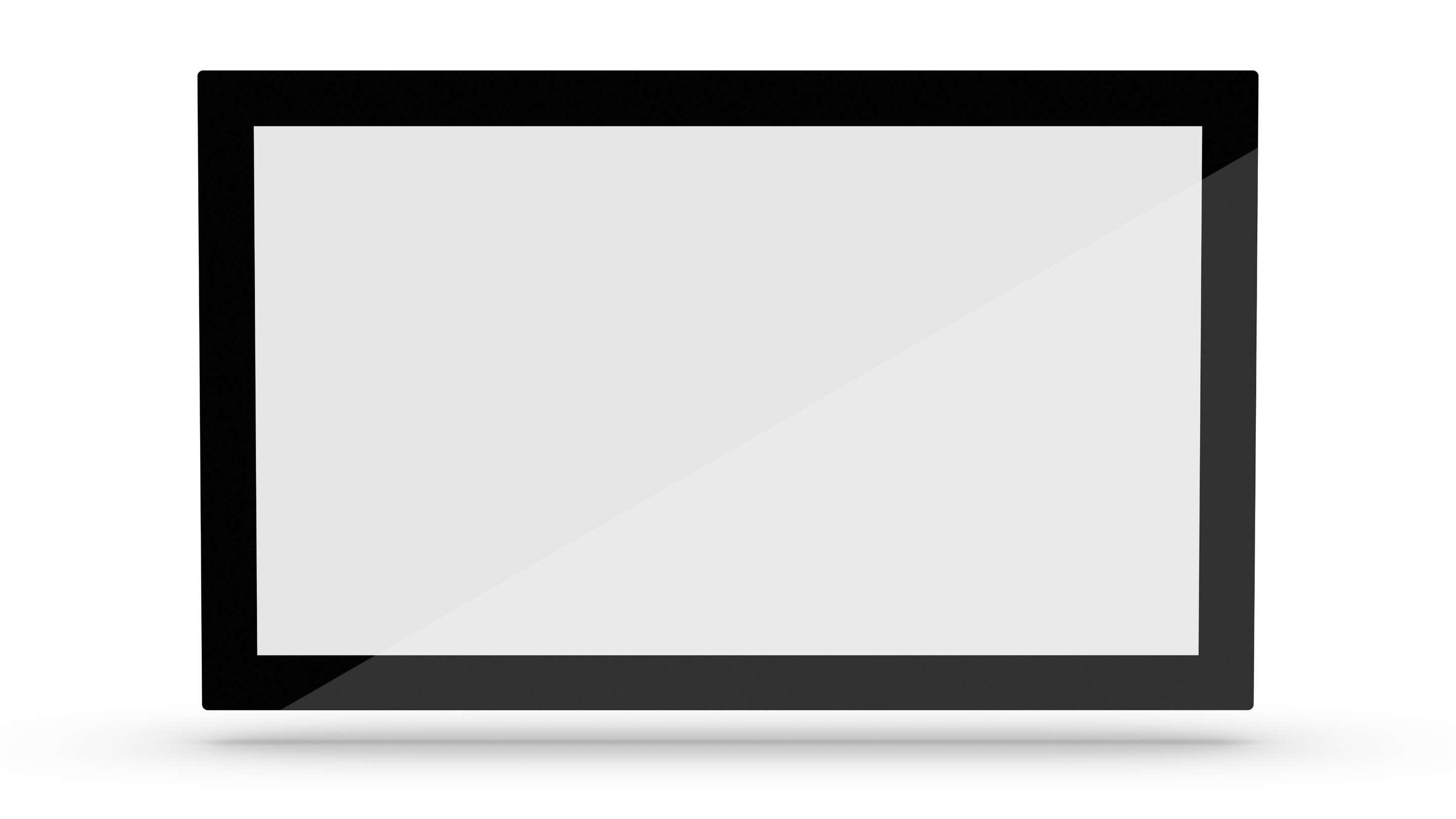Flexible electronic circuits and system packaging already exist. But unfortunately, we will have to wait a little longer for flexible, wearable devices that do without rigid materials such as ITO (indium tin oxide) for displays and touch surfaces.
The different properties of the two most commonly used materials in the touchscreen display market could not be more radical. On the one hand, there is the traditional, but brittle and inflexible ITO (indium tin oxide) and, on the other hand, conductors made of silver nanowire.
PCAP most popular touch technology
One of the most popular touchscreen technologies is PCAP, or Pro-Cap. The so-called heart of this technology is a transparent conductor. A layer of material that not only conducts electrical current, but must also be transparent at the same time in order to allow the light from the display underneath to shine through the screen surface. The ITO, which has been preferred so far, is neither particularly conductive nor as transparent as newer materials, such as silver nanowire (AgNW).|| Projected Capacitive (PCAP)| |----|----| | Features| Glass + ITO Layer| | Touch Detection| Multi Touch (Mutual C.), Dual Touch (Self C.)| | Operation| Finger, pen, thin glove | | Resilience| Very resistant| || Liquids | || Scratches| || Dust| || Chemicals|There is already a massive shift from ITO to silver nanowire in the market for transparent electrodes for touchscreen displays. Especially in those areas where more flexibility and other new possibilities are required due to the material properties.
Silver is the most electrically conductive material in the world
With the help of transparent conductors based on silver nanowires, it will be possible to produce much thinner, lighter and at the same time more stable touchscreen applications in the future. Silver nanowires have a higher transmission, allow for longer battery life and brighter displays. They have a diameter of about 150 nm and a length of 30 μm and also score above all with lower costs for material and processing.
In summary, it can be said that a large number of potential applications can be realized through their use. This includes not only transparent, conductive layers for displays, but also for photovoltaics and LEDs, as well as printable electronics and more.



